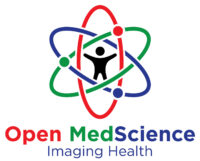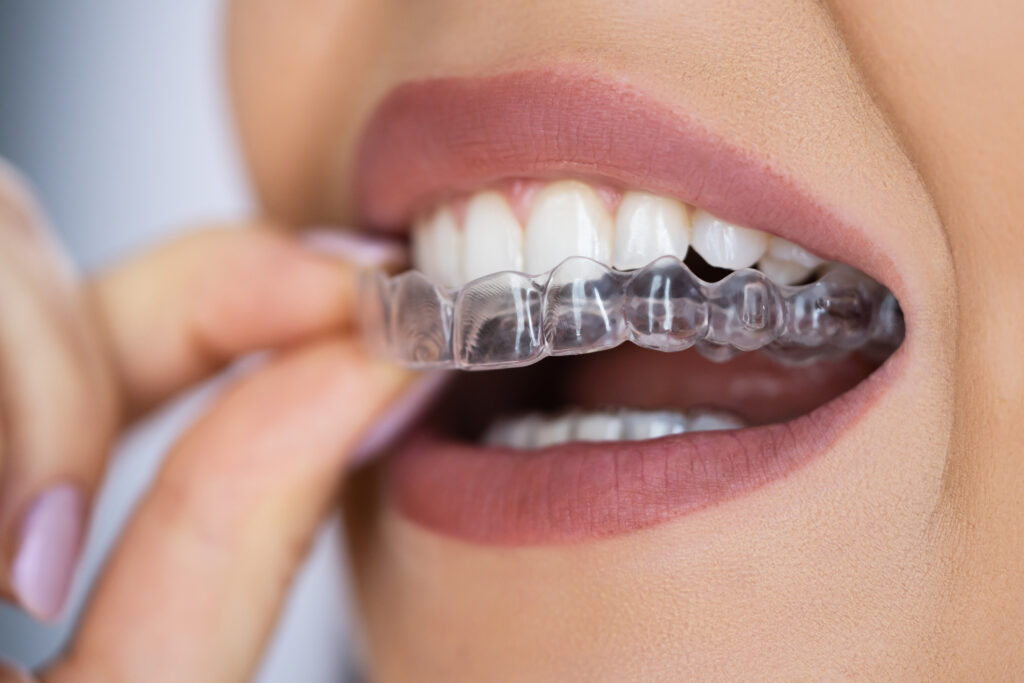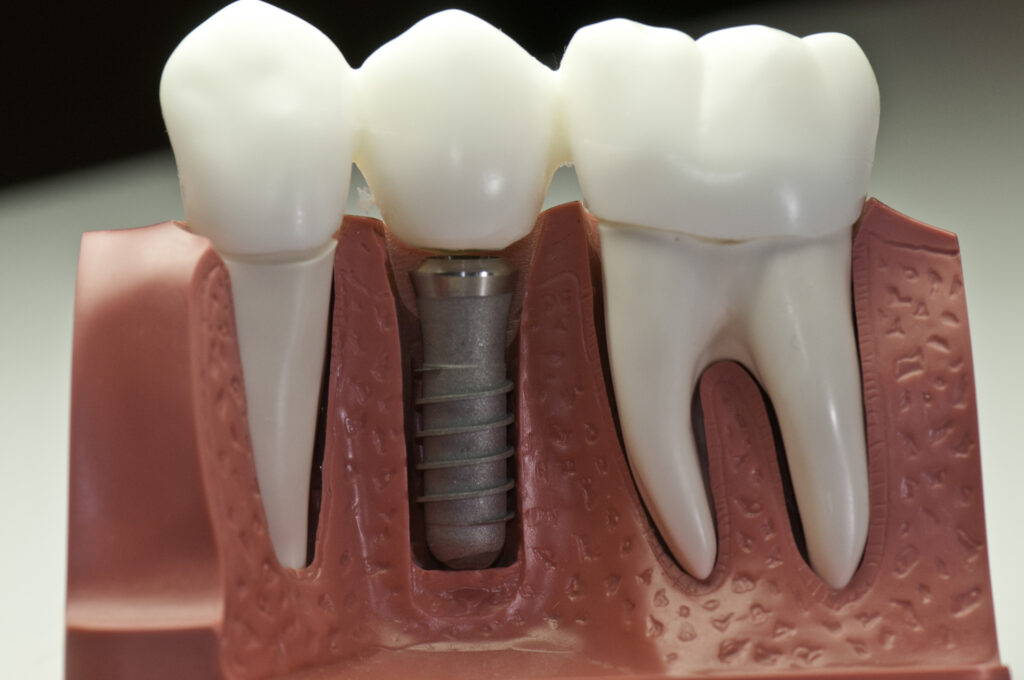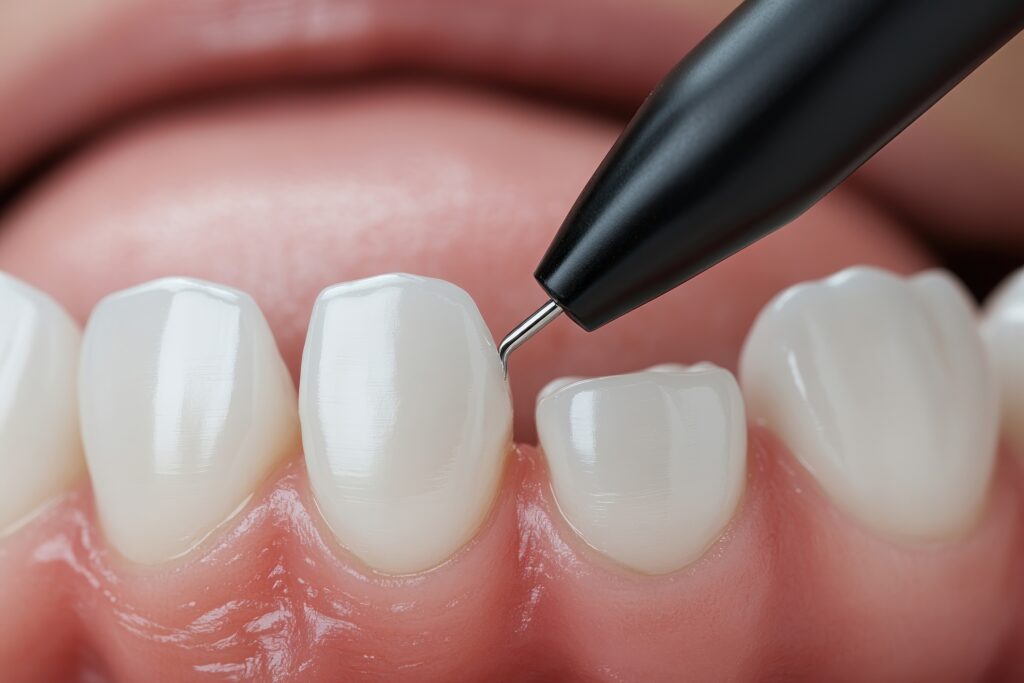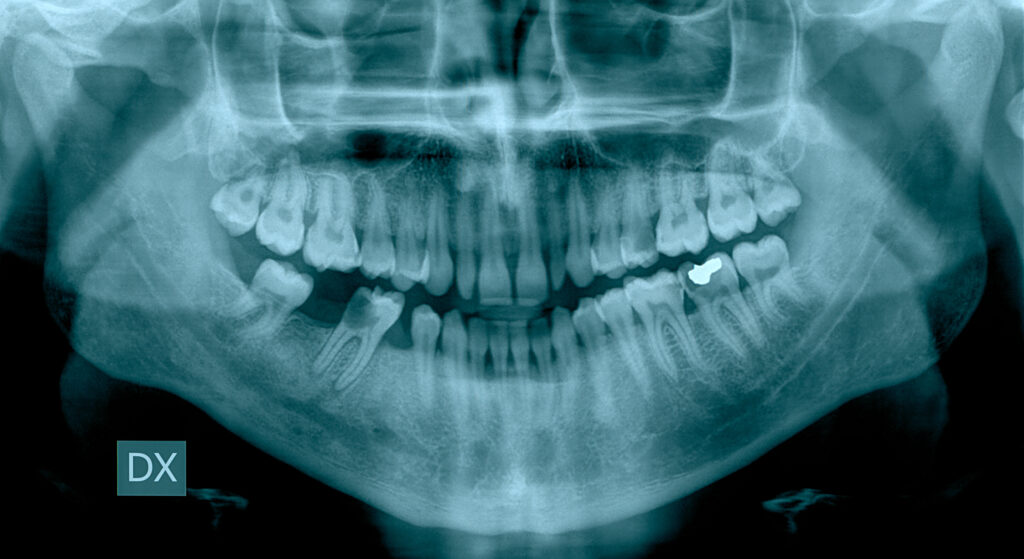Laser dentistry is transforming the way children experience dental care—offering faster, gentler, and often pain-free treatments. At the forefront of this innovation is Dr. Sandra Thompson, a Gold Winner and trusted pediatric dentist at Desert Kids Dental in Las Vegas.
“With the Solea Laser, I can treat most cavities without using a drill or anaesthesia,” says Dr. Thompson. “Kids stay calm, parents are relieved, and everyone leaves smiling. It’s a game-changer for children who are nervous about dental visits.”
Understanding the Science Behind Pediatric Laser Treatments
By using concentrated light energy, laser technology allows dentists to perform a wide range of procedures with greater precision, less discomfort, and minimal healing time.
Lasers and Tissue Interaction
Dental lasers operate by delivering energy in the form of light. Depending on the wavelength, this energy can target either hard tissues (like enamel and dentin) or soft tissues (such as gums and lips). When directed at these tissues, the laser causes a controlled reaction that can cut, remove, or reshape the target area while minimising damage to surrounding structures.
Hard vs. Soft Tissue Lasers
Hard tissue lasers are typically used to treat tooth structures. They are effective for removing decay, preparing teeth for fillings, and even sealing tooth surfaces to prevent future cavities. Soft tissue lasers, on the other hand, are ideal for procedures involving the gums, including frenectomies, gingivectomies, and treating ulcers or inflammation.
Precision, Safety, and Comfort
One of the greatest advantages of laser dentistry is its ability to precisely target specific areas without affecting adjacent tissues. This high level of accuracy reduces bleeding, lowers the risk of infection, and often eliminates the need for anaesthesia. For children, this means faster procedures, a lower risk of dental anxiety, and a much more comfortable experience overall.
How Pediatric Dentists Minimise Discomfort with Laser Technology
One of the biggest concerns parents have when it comes to dental visits is their child’s comfort. Traditional dental tools like needles and drills can cause anxiety, especially for younger children. Fortunately, laser dentistry is changing that experience for the better.
No Needles, No Drills, Less Anxiety
Laser technology significantly reduces, and in many cases eliminates, the need for needles, drills, or sedation. Because the laser precisely targets only the affected area, many procedures can be done without anaesthesia. This not only eases the fear associated with injections but also helps create a more positive and relaxed experience for the child.
Less Bleeding, Quicker Healing
Lasers work by vaporising tissue with pinpoint accuracy. As a result, there is minimal trauma to surrounding areas, which means less bleeding during soft tissue procedures and a lower chance of post-operative swelling or infection. Healing is faster, allowing kids to return to their normal routines with little to no downtime.
Enhanced Comfort and Tissue Regeneration
Laser energy doesn’t just cut—it also promotes natural healing. The heat from the laser stimulates the body’s own healing response, encouraging tissue regeneration and reducing inflammation. This leads to greater comfort both during and after the procedure, with many children requiring little or no pain medication afterwards.
Solea Laser for Kids: Fast, Gentle, and No Anaesthesia
When it comes to innovative tools in pediatric dentistry, the Solea laser stands out as a game-changer. Designed with comfort, speed, and safety in mind, Solea offers a virtually pain-free alternative to traditional dental instruments, making it a favourite among both parents and pediatric dentists.
What Is Solea and How Does It Work?
The Solea laser is a CO₂ dental laser that operates at a unique wavelength specifically tuned to target both hard and soft tissues in the mouth. This allows dentists to perform a wide range of procedures without ever picking up a drill or needle. The laser works by precisely vaporising the tissue, eliminating the need for contact and greatly reducing the discomfort typically associated with dental treatments.
Ideal Procedures for Solea
Solea is commonly used for treating cavities, performing frenectomies (for tongue-tie or lip-tie), and managing soft tissue conditions like swollen gums or ulcers. Its versatility makes it an excellent tool for procedures that would normally require multiple visits, local anaesthesia, or sedation.
Real-Life Advantages Parents Appreciate
What truly sets Solea apart is its quiet operation, speed, and ability to deliver treatment with minimal to no post-operative symptoms. Most kids don’t feel anything at all during the procedure, and because there’s no need for numbing, they can go right back to school or play immediately after. There’s also no residual numbness, drooling, or discomfort—just a clean, quick, and smooth experience.
Laser vs. Traditional Tools: What’s Better for Your Child?
Parents often wonder whether laser dentistry is truly better than traditional methods for their child. While both approaches have their place in pediatric dental care, understanding the differences can help you make an informed decision about your child’s treatment.
Pain Management and Recovery
Laser dentistry is widely praised for being virtually pain-free. In most cases, children don’t need numbing injections, and recovery times are faster thanks to the laser’s ability to seal blood vessels and nerve endings as it works. Traditional tools, while effective, often require anaesthesia and may result in longer healing periods and more post-procedure soreness.
Noise, Vibration, and Anxiety Reduction
One of the biggest advantages of laser technology is its quiet, vibration-free operation. Dental drills can create loud noises and uncomfortable sensations that often trigger anxiety in children. Lasers eliminate those stressors, helping create a calmer and more positive experience—especially for kids who are nervous or have sensory sensitivities.
When Traditional Tools Are Still Needed
While lasers are highly versatile, they may not replace traditional tools in every scenario. Deep cavities near the nerve, crown preparation, or cases involving metal restorations might still require conventional methods. Pediatric dentists will evaluate each case and choose the best tool based on the child’s needs, the location of the issue, and the type of procedure required.
Top Questions Parents Ask About Pediatric Laser Dentistry
Laser dentistry may sound high-tech and unfamiliar, so it’s natural for parents to have questions. Below are some of the most common concerns—answered by pediatric dental professionals.
Q: Is laser dentistry safe for my child?
A: Yes. Pediatric laser dentistry is extremely safe when performed by a trained and certified provider. The laser’s energy is precisely controlled, minimising risk to surrounding tissue. Most lasers, including the Solea laser, are FDA-approved and have been used safely in thousands of pediatric cases.
Q: Will my insurance cover laser treatments?
A: Coverage varies depending on your dental insurance plan. In many cases, procedures performed with a laser are billed under the same treatment codes as traditional methods, meaning they may be covered. It’s always best to check with your provider or ask the dental office to verify benefits before treatment.
Q: How old should a child be to receive laser dentistry?
A: Children as young as toddlers can safely benefit from laser dentistry. In fact, lasers are often used to perform frenectomies on infants with tongue-tie. For older children, laser treatment can be ideal for cavities, soft tissue work, and gum issues—especially for those with anxiety or difficulty sitting still.
Q: Are all pediatric dentists trained in laser procedures?
A: Not all pediatric dentists offer laser treatments. Those who do have typically undergone specialised training and certification. If laser dentistry is important to you, be sure to ask your child’s dentist about their experience and the type of laser technology they use.
Disclaimer
The information presented in this article, From Drills to Lasers: The New Era of Pediatric Dental Care, is intended for general informational purposes only and should not be considered a substitute for professional dental or medical advice, diagnosis, or treatment. Always seek the advice of a qualified healthcare provider with any questions you may have regarding a medical or dental condition.
Quotes and clinical insights have been provided by Dr Sandra Thompson, Gold Winner and respected pediatric dentist at Desert Kids Dental in Las Vegas. Dr Thompson’s comments reflect her professional experience with the Solea laser in a clinical setting. Individual treatment outcomes may vary. Readers are encouraged to consult a certified dental professional to determine the most appropriate care for their child.
Open Medscience does not endorse specific treatments, brands, or products, and assumes no responsibility for the clinical decisions made by dental practitioners.
You are here: home » diagnostic medical imaging blog »